Wilderness in Congress Emery County Bill and Possible Public Lands Omnibus Package. On October 2, the Senate Energy and Natural Resources Committee held a "mark-up" session on and passed 47 separate bills. Included in this mass of legislation was S. 2809, the bad Emery County (UT) bill being pushed hard by retiring Sen. Orrin Hatch (R-UT). Leaving aside the argument that there was no way for the committee to thoughtfully consider and mark-up each bill with such a packed agenda, most bills passed by voice vote with no discussion. The purpose of the "mark-up" was to roll out a list of bills from which Senators can try over the coming weeks to pull together an omnibus package that can pass the full Senate on a floor vote. Which bills might or might not be included remains up in the air; whether or not there will be a package remains up in the air. The idea from the Republican perspective will be to include enough decent bills to entice the Democrats from blocking the package with 41 or more votes in opposition on the floor. From the Democratic perspective, this might be an opportunity to pass some good wilderness and public lands bills (and there are some) if not enough bad Republican bills are included in the package. The outcome of the mid-term election will also factor in the discussions as to whether such a package could move in the lame-duck session to be held after the election and before the new year. Wilderness Watch will carefully monitor the discussions, and will lobby the Senate to try to prevent bad wilderness bills like the Emery County bill from being included in any possible omnibus package. • View all wilderness-related legislation. | |
| |
Wilderness Watch Weighs In
Thank you for the thousands of letters you've recently sent to Congress and the agencies on numerous Wilderness issues. Learn more about some of the issues we're working on: | |
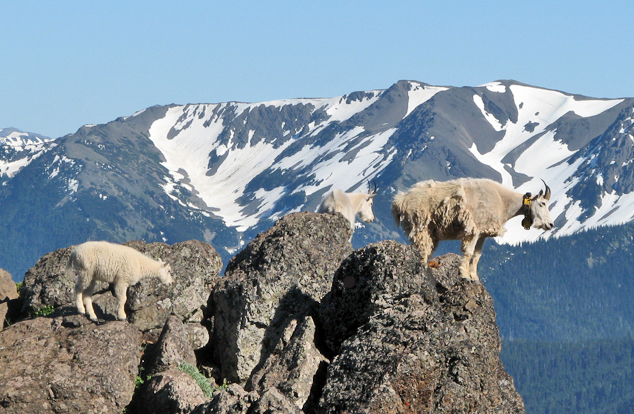 |
Leave the Cascades and Olympic Wildernesses Alone: Wilderness Watch has submitted a formal Objection to the Forest Service for its plan to land hundreds of helicopters and employ heavy-handed wildlife gunning, collaring, translocation, and manipulation in multiple Wildernesses. The agency wants to move a few hundred mountain goats from the Olympics to the Cascades, and eventually kill another few hundred that can't be caught.
• Read our Objection.
• Read our Q&A on what's wrong with this plan.
• Learn more. | |
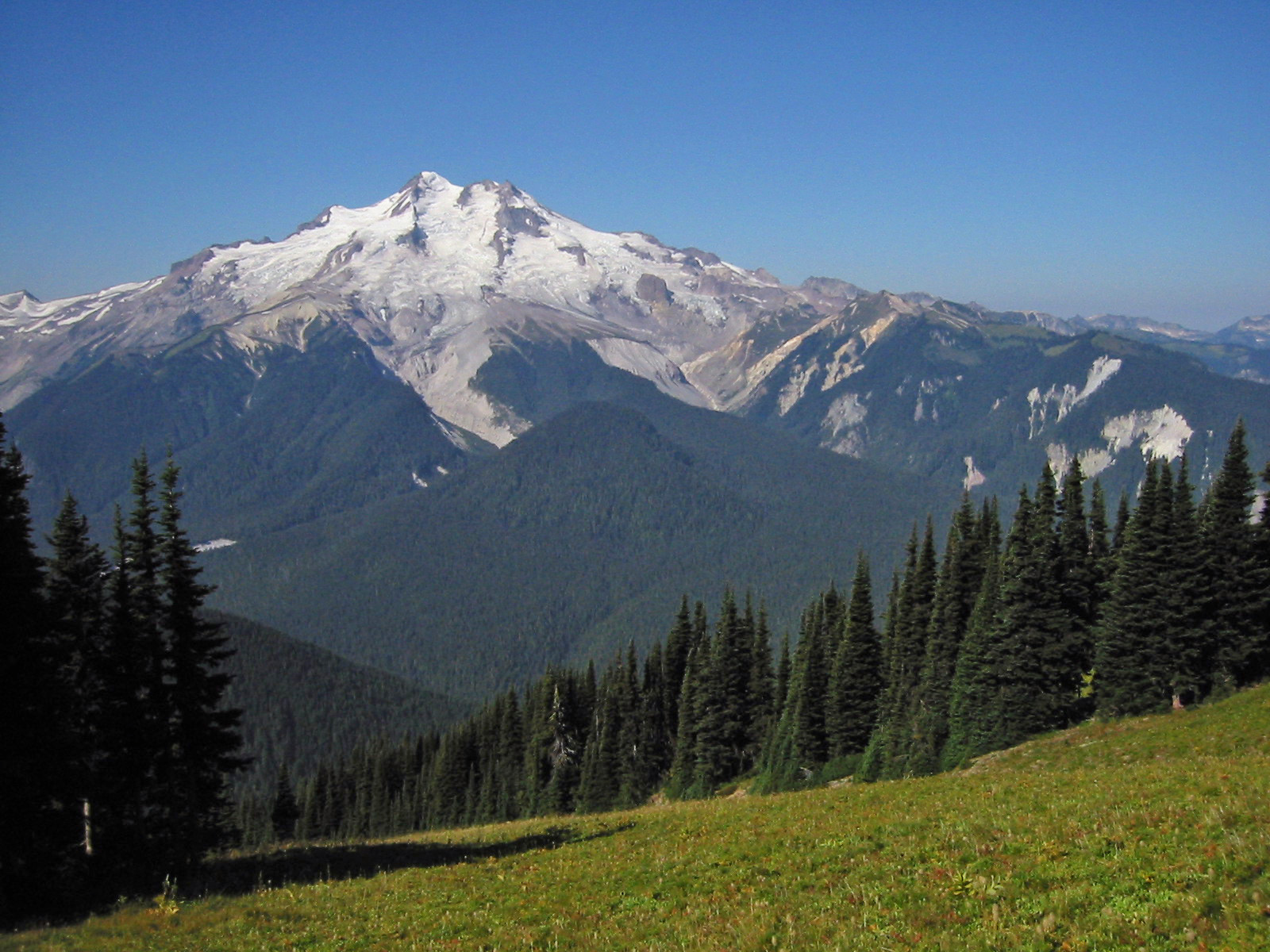 |
What's Wrong with Monitoring Volcanoes in Wilderness? Wilderness Watch is urging the Forest Service to drop its plan to allow permanent seismic monitoring stations and helicopter landings in the Glacier Peak Wilderness in Washington state.
• Read our EA comments.
• Learn more on our blog. | |
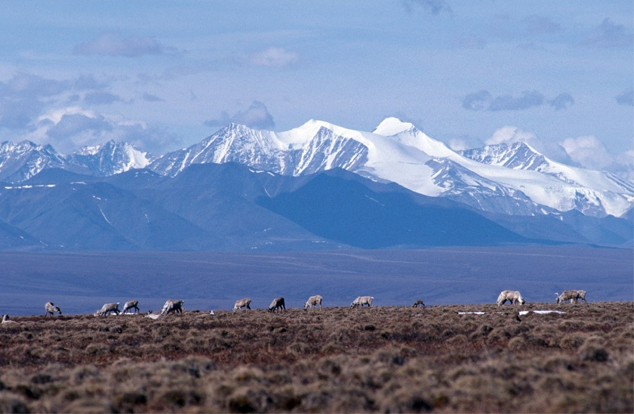 |
Arctic Refuge in Grave Peril: Wilderness Watch is strongly opposing oil drilling in the Arctic National Wildlife Refuge in Alaska, our last great wilderness. An amendment to last year's tax bill opened the Coastal Plain of the Refuge to oil drilling and associated development, with the requirement that the BLM first prepare an EIS.
• Read our comments.
• Read a group letter we signed. | |
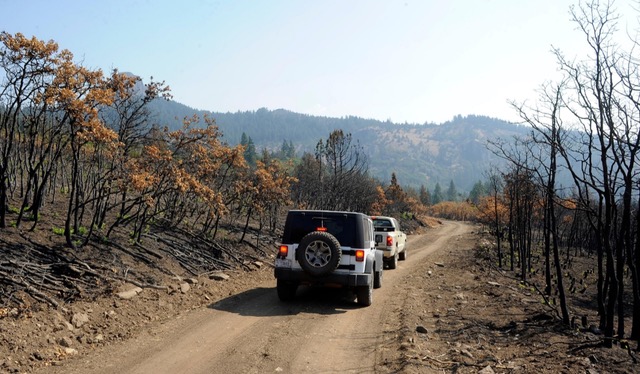 |
Roads Cut Into Soda Mountain Wilderness: Wilderness Watch and local groups have requested a formal investigation into extensive damage to the Soda Mountain Wilderness in Oregon, where the Bureau of Land Management (BLM) allowed the state to build 20 miles of roads in the Wilderness. We'll keep you posted. | |
| |
Help us protect Wilderness around the country. All first-time donations matched! | |
| |
| |
Wilderness updates Wolves Exiled to Isle Royale: The National Park Service is moving ahead with its ill-advised plan for heavy-handed manipulation of the Isle Royale Wilderness in Michigan. The Park Service has begun its initial capture of six wolves from other places in the region, to be released on Isle Royale, 99 percent of which is designated Wilderness. The agency's goal is to ultimately release 20 to 30 wolves there—an action that is both inhumane and fundamentally at odds with the mandates of the Wilderness Act. The individual wolves are being removed from their packs and exiled to Isle Royale—an isolated island in the Great Lakes—where, in addition to being collared and under constant surveillance, they will most likely suffer the same inbreeding fate that has decimated wolves throughout their short-lived history on Isle Royale. The Park Service's primary motivations consider neither wolves (one female wolf has already died during relocation) nor the Wilderness it's entrusted to protect, but revolve around the continuation of a wolf-moose predator-prey study and tourist desires to see or hear wolves. While Wilderness Watch has long worked to protect wolves in Wilderness, the National Park Service's project fails both wolves and Wilderness. Ice bridges have formed connecting the island to the mainland three out of the last five years, but rather than populating the island, wolves have chosen to reside on or return to the mainland. The best course of action for Isle Royale is to allow wolves to decide whether they will come or go from the island via natural migration. This would allow the island and its wolves to remain wild, in stark contrast to the Park Service's artificial predator stocking plan.
Overtly manipulating ecosystems is antithetical to the fundamental tenets of the Wilderness Act, which defines Wilderness as places "untrammeled [uncontrolled and unmanipulated] by man." In addition to manipulating the wolf population and endangering individual wolves, the Park Service might land helicopters in the Wilderness to accomplish the relocation. This would be a clear violation of the Wilderness Act, and another reason why the project should never have been approved. • Read a news article on a wolf that died during relocation.
• Learn more | |
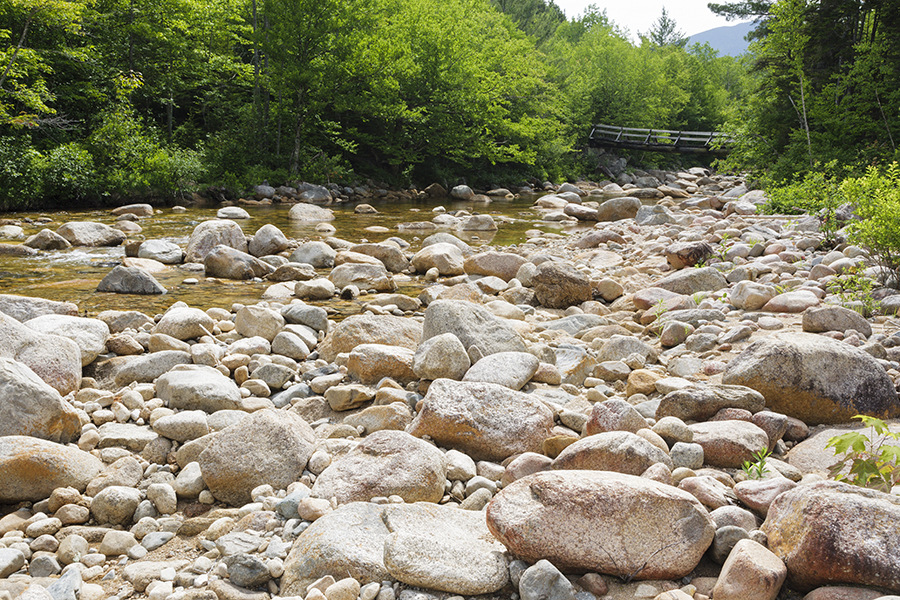 |
Part of the Pemigewasset Wilderness to be Re-Wilded: The Forest Service recently announced its final decision to remove an unsafe log bridge over the East Branch of the Pemigewasset River in the Pemigewasset Wilderness in New Hampshire. Learn more. | |
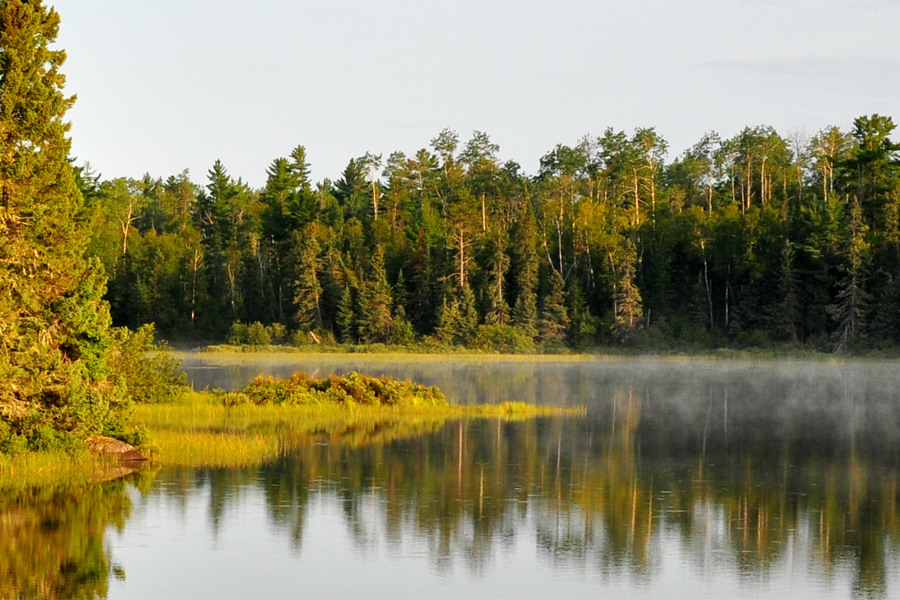 |
Boundary Waters— - Forty years ago this month, President Jimmy Carter signed the 1978 Boundary Waters Canoe Area Wilderness Act into law. Wilderness Watch's Kevin Proescholdt played a significant role in the passage of this wilderness law, and was interviewed recently for the following documentary film: wildernesswatch.org/fight-for-boundary-waters
- Mining Update: The Trump Administration continues to place the 1.1 million-acre Boundary Waters Canoe Area Wilderness (BWCAW) in northeastern Minnesota in jeopardy from proposed new copper-nickel sulfide mining. In May, for example, Secretary of Interior Ryan Zinke renewed two expired federal mining leases previously owned by Twin Metals for its proposed massive underground and open-pit mine on the doorstep of the BWCAW. The latest move came on Sept. 5, when U.S. Agriculture Secretary Sonny Perdue announced that he would cancel the application for a proposed 20-year mining ban on 234,000 acres of federal lands in the Superior National Forest within the watershed of the BWCAW. The U.S. Forest Service had been analyzing the proposed mining ban application for some time, and Perdue himself had earlier pledged before Congress that it would continue. Trump has personally campaigned for the Republican candidate for the U.S. House in Minnesota's 8th Congressional District and has pledged to open up the risky new polluting mines at least in part to assist the pro-mining Republican House candidate in his election race.
| |
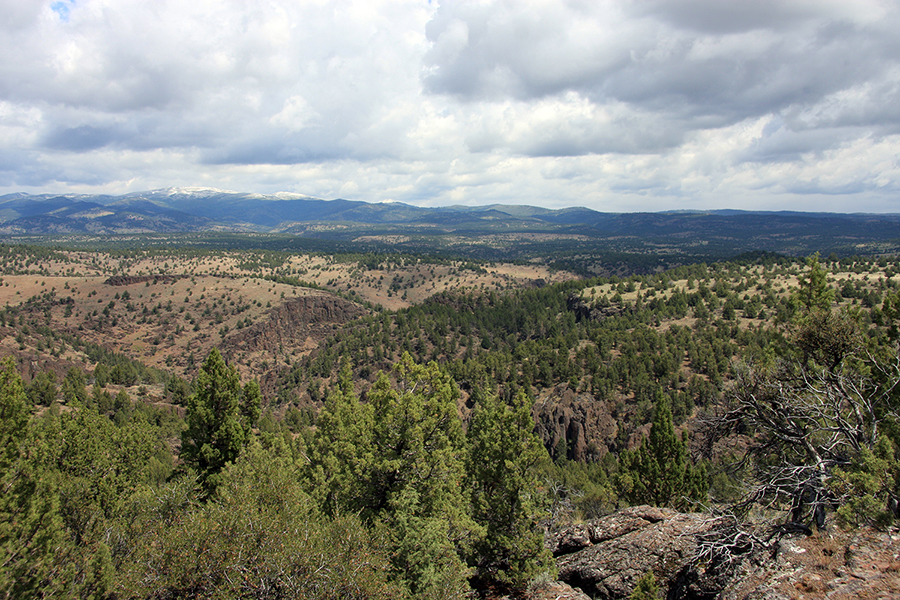 |
Owyhee Juniper Cutting Project Stopped: The Bureau of Land Management (BLM) has withdrawn its misguided plan to cut junipers across more than 600,000 acres of the Owyhee Canyonlands in Idaho. Learn more. | |
| |
Wilderness in the Courts - National Park Service Hovercraft Ban Before the Supreme Court (Again): In the last issue of the Guardian, we announced that the Ninth Circuit Court of Appeals issued a second opinion upholding the National Park Service's authority to regulate motorized activities on navigable rivers within park boundaries in Alaska. After a moose hunter sued the Park Service for the right to drive his hovercraft in the Yukon-Charley Rivers National Preserve, Wilderness Watch and other conservation groups filed an amicus brief defending the Park Service's authority to regulate such activities. The Ninth Circuit ruling was a victory for National Parks and Wilderness in Alaska. However, the Supreme Court has once again decided to review the case. Oral argument is scheduled for November 5, and an audio recording of the argument will be available on November 9 here: https://bit.ly/2OcJE9c.
Learn more.
- Ninth Circuit Defers to Park Service in Olympic Wilderness Decision: In a short, unpublished opinion, the Ninth Circuit upheld the Park Service's decisions to reconstruct five buildings in the Olympic Wilderness under the guise of historic preservation. All of the buildings had either collapsed or suffered extensive deterioration from the effects of time, weather, and fallen trees. Notwithstanding their condition, the Park Service nominated the buildings for listing on the Historic Register and then rebuilt them in the Wilderness. In court, the Park Service argued that the Wilderness Act contemplates various public uses of wilderness, including "historical use," which means the agency can rebuild old structures it deems historic, regardless of the Act's specific prohibition against structures. We argued that, just as the Act limits "recreational use" to non-motorized and non-mechanized forms of recreation, the Act contemplates only those historical uses compatible with the preservation of wilderness, and the Park Service's actions were in violation of the Act's clear prohibition on structures. Unfortunately, the Ninth Circuit felt bound by a prior decision finding other terms within the Wilderness Act ambiguous and therefore deferred to the Park Service's interpretation. The decision produces a bizarre result where the perpetuation of buildings is construed as a goal of the Wilderness Act—a statute that defines wilderness as undeveloped land without permanent improvements and specifically prohibits structures. It also produces a direct conflict with the Eleventh Circuit, which held, "Congress ha[s] spoken clearly and unambiguously in the Wilderness Act, obviating any need for deference to the Park Service's construction of the statute," and that the Act's reference to "historical use" clearly does not contemplate the historical preservation of buildings. We will be looking for opportunities to clarify the law and ensure both the preservation of wilderness and the integrity of the Wilderness Act.
| |
| |
Wilderness Essay In "Why Wilderness? It's Irreplaceable," WW board vice-president Franz Camenzind writes, "Wilderness designation is the best land protection law our nation has…wilderness provides our iconic wildlife with secure habitats and movement corridors at a time when globally the rate of wilderness loss is nearly double the rate of protection." Read Franz's essay. | |
| |
Wilderness in the News - Pilots and Daines are Jeopardizing the Bob Marshall: Senator Daines (R-MT), peddling to special interests—this time a group of pilots—has asked the Dept. of Agriculture to open eight "long-forgotten" airstrips in the spectacular Bob Marshall Wilderness in Montana. The long-closed airstrips "would dramatically increase air traffic and noise all over the Bob Marshall Complex and profoundly diminish the solitude, sanctuary and silence…". Read more.
- Excavator "Stuck" in Alpine Lakes Wilderness: The Icicle-Peshastin Irrigation District is wrestling with the Forest Service over driving an excavator through the Alpine Lakes Wilderness in Washington. The irrigation district flew in the excavator for emergency dam repairs this past spring. While the district believes it doesn't need the Forest Service's permission to drive the excavator out, if the Forest Service says no they may leave the excavator there, as they hope to build a new dam in the Wilderness next year. Wilderness Watch has joined other groups in opposing the irrigation district's proposed dam construction and water diversion projects in the Wilderness.
• Read a news article
• Learn more | |
| |
| |
| |
Photos: Kalmiopsis Wilderness, Oregon by Leon Werdinger Photography; Mountain Goats in Olympic National Park by National Park Service; Glacier Peak Wilderness by Walter Siegmund; Arctic Refuge by US Fish and Wildlife Service; One of the roads recently bulldozed into the Soda Mountain Wilderness, by Jeff Stone; Pemigewasset Wilderness by ScenicNH Photography; Boundary Waters Canoe Area Wilderness by Brian Hoffman via Flickr; North Fork Owyhee Wilderness by Bureau of Land Management. | |